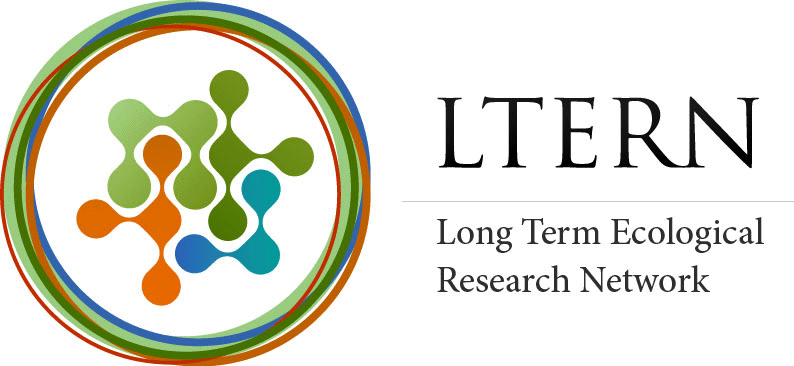Brief description
This bird count data package comprises repeated time-controlled point interval counts conducted annually along a permanent 100 metre-long transect. The abundance of species observed or heard is recorded, and counts are not undertaken in poor weather (rain, fog or high wind). Two five-minute counts have been conducted at each site, one at the 20 metre mark and the other at 80 metre mark of the transect. All birds seen or heard are recorded and assigned to different distance classes. Each site is surveyed on a different day by a different observer to reduce day effects on detection and reduce problems with observer differences. Surveys are completed in late September each year. Bird count surveys commenced in 2002 and have been conducted since on an annual basis. The Jervis Bay Plot Network was established in 2002 in Booderee National Park in the Jervis Bay Territory, South-eastern Australia. The study location is a floristically diverse area in which fire history has been well-documented over several decades. The plot network’s objectives involve quantifying the inter-relationships between natural disturbance and/or management intervention (including weed and feral animal control and prescribed burning) and the reciprocal changes in vegetation condition and biodiversity response. The Jervis Bay Plot Network study forms part of the collection of data packages by this plot network. A synopsis of related data packages which have been collected as part of the Jervis Bay Plot Network’s full program is provided at http://www.ltern.org.au/index.php/ltern-plot-networks/jervis-bay-booderee-national-park. These data were published as a component of the paper Lindenmayer et al., 2016. Do temporal changes in vegetation structure predict changes in bird occurrence additional to time since fire? Ecological Applications. DOI:10.1002/eap.1367Data time period: 2003 to 2013
text: Booderee National Park, Jervis Bay Territory, South-eastern Australia.
User Contributed Tags
Login to tag this record with meaningful keywords to make it easier to discover
- Local : ltern2.1067


